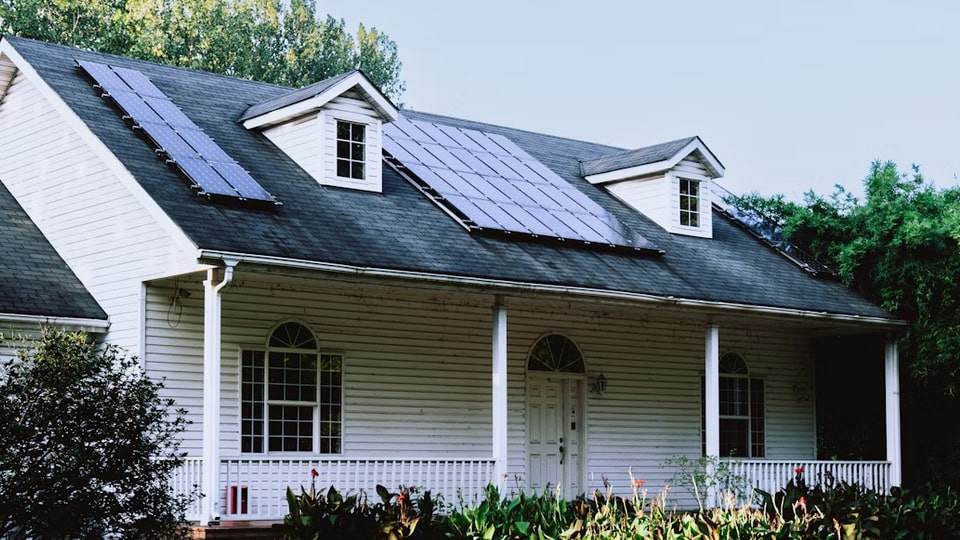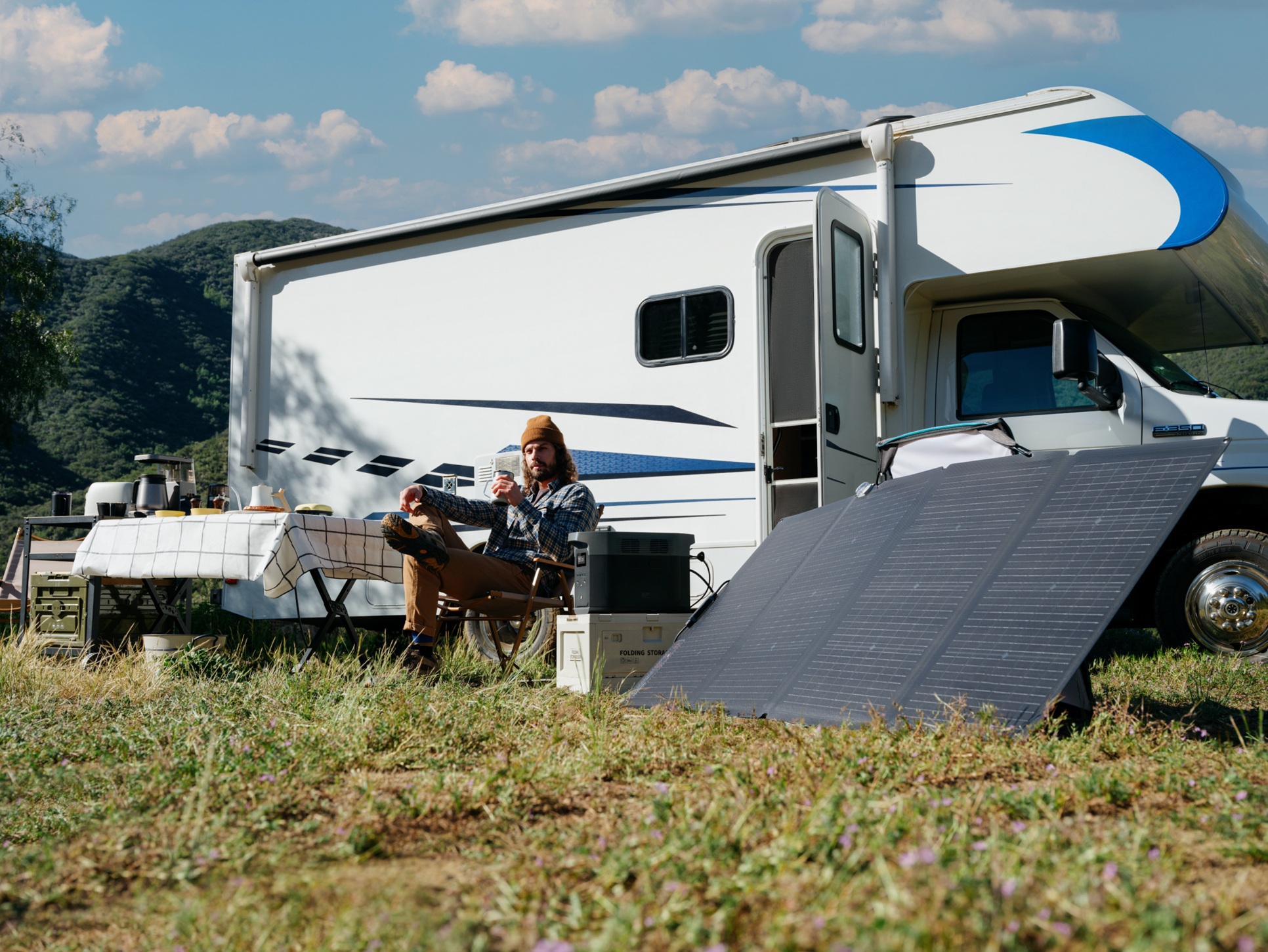Powering a Sustainable Future with Renewable Energy
The urgent need for sustainable energy has never been clearer as Australia and the rest of the world confront environmental challenges and strive for energy independence. In today’s dynamic energy market, adopting sustainable practices is essential for economic growth, environmental protection, and enhanced quality of life. This shift, often referred to as the green energy transition, is rapidly becoming an integral part of energy consumption and will only continue to grow into the future. This article explores comprehensive renewable energy solutions, their benefits, challenges, and practical tools to embrace a greener future.
What Is Renewable Energy?
Renewable energy encompasses technologies and strategies that harness naturally replenished resources—like solar, wind, and hydro—to produce clean, efficient power with minimal environmental impact. Unlike finite fossil fuels, these sources never run out and play a critical role in reducing greenhouse gas emissions and fossil fuel dependence.
When asking what is renewable energy, we refer to power generated from continuously available natural resources. The global shift from fossil fuels to these clean alternatives—known as the renewable energy transition—addresses climate change, enhances energy security, and drives economic growth by diversifying energy sources and fostering green innovation.
Types of Renewable Energy Sources
Renewable energy sources are the cornerstone of sustainable energy solutions. They include diverse natural resources that are continuously replenished.
Solar Power: This involves harnessing sunlight using photovoltaic (PV) cells or solar thermal systems. Solar power remains the cheapest source of electricity worldwide and is rapidly expanding in Australia, with over 3.5 million solar PV systems installed as of late 2023.
Wind Energy: This utilizes wind turbines to convert wind into electrical energy. Wind power has become one of the most cost-effective large-scale renewable energy sources and contributes large sector of renewable power generation in Australia. Wind energy is efficient, versatile, and does not produce harmful emissions.
Hydroelectric Power: This generates electricity from the energy of flowing water, making it one of the oldest and most established renewable energy technologies. It's an environmentally-friendly and efficient way to produce electricity, suitable for both small and large-scale settings.
Biomass Energy: Produced from organic materials, biomass can be burned for heat or converted into biofuels and biogas. It is an economically and technologically proven method that helps reduce greenhouse gas emissions by minimizing dependence on fossil fuels. Industries like food processing and pulp and paper are increasingly using bioenergy to cut emissions and repurpose waste.
Geothermal Energy: This taps into heat from beneath the Earth’s surface for heating, cooling, or electricity generation. Unlike solar and wind, geothermal energy is not dependent on weather conditions, offering a reliable power source. While not as widely adopted in Australia due to cost barriers, geothermal heat pumps are integrated into various buildings for stable heating and cooling.
Tidal Energy: A form of hydropower, tidal energy converts the potential in ocean water into electricity by utilizing the force of ocean tides. It's a powerful and efficient source suitable for large-scale power generation.
Hydrogen Energy: Hydrogen, the simplest and most abundant element, can be a clean, renewable energy source for various applications, including powering vehicles. It's generated by breaking down water into hydrogen and oxygen through electrolysis and produces no harmful emissions.
Advantages of Renewable Energy
Adopting sustainable energy solutions offers numerous benefits that extend beyond environmental protection to significant economic and societal advantages. These are key aspects of the advantages of renewable energy.
Environmental and Health Benefits
Renewable energy solutions help decrease air and water pollution, thereby protecting natural ecosystems and human health, as they produce minimal or no greenhouse gas emissions during operation. This is crucial in the fight against climate change, as every reduction in carbon emissions contributes to global efforts to limit temperature rises.
LongTerm Cost Savings
Economically, sustainable energy solutions can lower energy costs over time. By investing in renewable technologies and energy-efficient systems, homeowners and businesses can enjoy reduced utility bills and long-term savings. For instance, wind and utility-scale solar can be the least expensive energy-generating sources when considering costs over their lifespan. Many investments also qualify for government rebates and tax incentives, making the transition even more financially viable.
Energy Independence and Security
Renewable energy promotes energy independence and enhances energy security by leveraging domestic resources and diversifying energy sources, reducing reliance on imported fossil fuels. This mitigates vulnerabilities to global market fluctuations and increases local energy resilience.
Economic Growth and Job Creation
The renewable energy Australia sector also stimulates economic development and job creation in various areas, including manufacturing, installation, maintenance, and innovation. This growth contributes to local economies and provides new employment opportunities.
Enhanced Grid Reliability and Resilience
By diversifying energy sources, decentralizing generation, and integrating smart grid technologies, renewable energy offers enhanced reliability, security, and resilience to the energy system. Advanced batteries and smart grids ensure a stable and reliable energy supply, even when renewable sources are intermittent.
Challenges Facing Renewable Energy Adoption
While the advantages of renewable energy are clear, several challenges remain for widespread adoption of sustainable energy solutions.
Upfront Investment and Financing Hurdles
One of the most obvious barriers is initial investment costs, or the upfront expense of building and installing renewable energy systems. While renewable sources are cheap to operate, the bulk of the expense comes from building the technology, which can deter some consumers and make financial institutions perceive them as risky.
Legacy Infrastructure Constraints
Infrastructure limitations also pose a significant hurdle. Many existing power grids were designed for centralized fossil fuel plants and need substantial investment for upgrades to accommodate decentralized renewable energy sources like wind and solar. The need for new transmission infrastructure to move electricity from optimal renewable energy sites to consumption areas adds to costs and can delay projects.
Intermittency and Storage Limitations
Technological barriers and the intermittency of renewable sources (e.g., solar panels not generating at night, wind not constantly blowing) necessitate continuous innovation to enhance efficiency, affordability, and energy storage solutions. Affordable and efficient battery storage is crucial to manage this intermittency and ensure on-demand power.
Market Dynamics and Policy Barriers
Furthermore, unequal market dynamics present a formidable barrier. Renewable energy sources must compete with wealthier fossil fuel industries that benefit from existing infrastructure, expertise, and significant government subsidies, creating an uneven playing field. Inconsistent legal policies and political obstacles can also hinder long-term investment in renewable projects.


Practical Tools to Embrace Renewable Energy
Overcoming the barriers to sustainable energy solutions requires a multi-faceted approach, incorporating government support, technological advancements, and community engagement.
Government Support and Incentives for Renewable Energy
Governments in Australia play a vital role in supporting the transition to renewable energy. One key initiative is the solar panel rebate, officially known as the Small-scale Renewable Energy Scheme (SRES), helps reduce the upfront cost of installing solar panels for homes and businesses. This rebate is provided as an upfront discount built into your quote, not a cashback. It works by generating Small-scale Technology Certificates (STCs) based on the expected clean energy output of your system until the end of 2030. Installers manage the sale of these STCs, passing the value (typically around $38-$39 per STC in 2025) directly to you as a discount. For instance, a standard 6.6 kW system in Sydney or Melbourne might generate 55-65 STCs, leading to savings of approximately $2,000 to $2,600.
Portable Power Stations for Sustainable Energy
For those seeking renewable energy solutions without the need for complex installations, portable power stations offer a flexible and practical option. These devices allow you to harness solar power for a variety of applications, from outdoor adventures to home backup.
The EcoFlow DELTA Pro 3 Portable Power Station is a prime example. It boasts an expandable 4–12 kWh battery bank (333Ah @12V) and an industryleading 4,000W continuous AC output—enough to run multiple heavydraw appliances simultaneously. This capacity scales with DELTA Pro 3 smart extra batteries, letting you tailor storage from 4 kWh up to 12 kWh as your needs grow. With this combination of high capacity and power, it’s ideal for home backup during extended outages, offgrid living, and even powering RV essentials without compromise.
EcoFlow DELTA Pro 3 Portable Power Station
Maximizing Renewable Energy with Solar Panels
To fully harness the potential of portable power stations, pairing them with high-quality solar panels is key. The EcoFlow 400W Portable Solar Panel is an excellent choice for home energy transitions, especially when coupled with a power station. With 23% conversion efficiency, this panel can charge your power station even in challenging outdoor environments. Built with durable, multi-layered materials and an IP68 waterproof rating, it performs well under wet or dusty conditions, making it ideal for camping or RV use. The adjustable angle design ensures optimal positioning toward the sun, and its lightweight, foldable structure makes it easy to transport and store.


Community and Private Sector Contributions
In addition to government incentives, community-driven renewable energy projects and private sector innovations are pivotal in driving the adoption of clean energy. Local communities are forming energy cooperatives to share resources and knowledge, while businesses continue to innovate with new technologies and models to make renewable energy more accessible. Educational outreach programs are also playing a crucial role in raising awareness and empowering individuals to support and invest in sustainable energy solutions. These collective efforts help accelerate the transition towards a greener, more energy-efficient future.
Conclusion
Embracing renewable energy Australia is essential for a resilient, eco-friendly future. This guide has covered key renewable energy, efficiency measures, and supportive initiatives—highlighting how clean technologies cut emissions, lower energy bills, and boost security. Government rebates and community projects make solar panels and batteries more affordable, while innovations continue to overcome cost and infrastructure challenges. By investing in sustainable energy and smart management, individuals and businesses can drive Australia toward greater independence and economic growth, ensuring a cleaner planet and a more stable energy landscape for generations to come.
FAQs
What are the 7 types of renewable energy?
The seven primary types of renewable energy typically include: solar power, wind energy, hydroelectric power, biomass energy, geothermal energy, tidal energy, and hydrogen energy. These sources are naturally replenished and produce minimal to zero greenhouse gas emissions.
What are the 5 main renewable energy sources?
The five main renewable energy sources are generally considered to be solar power, wind energy, hydroelectric power, geothermal energy, and biomass energy. These are widely adopted globally due to their continuous natural replenishment and environmental benefits.
Can Australia go 100% renewable energy?
While challenging due to infrastructure and policy hurdles, Australia has significant potential for renewable energy given its abundant solar and wind resources. Government policies and community initiatives are actively driving the adoption of sustainable energy solutions with the aim to achieve net-zero emissions by 2050. This indicates a strong trajectory towards a highly renewable energy future.